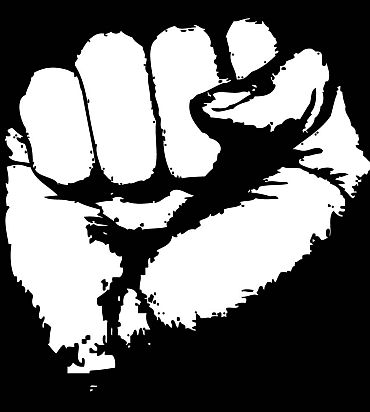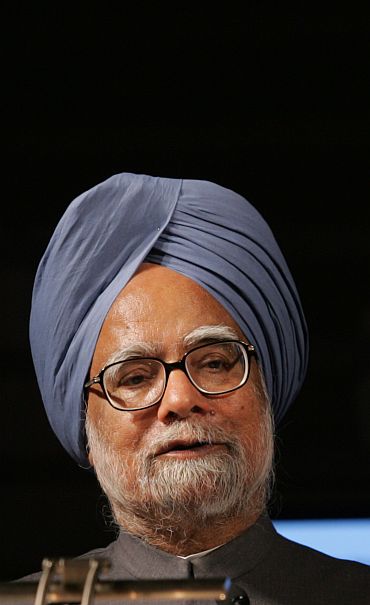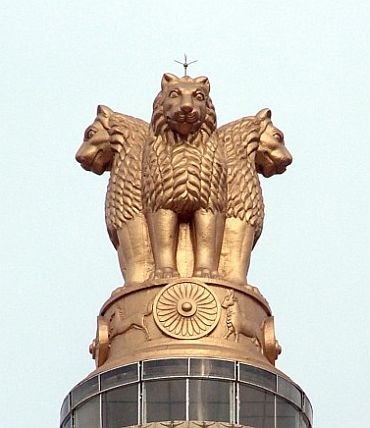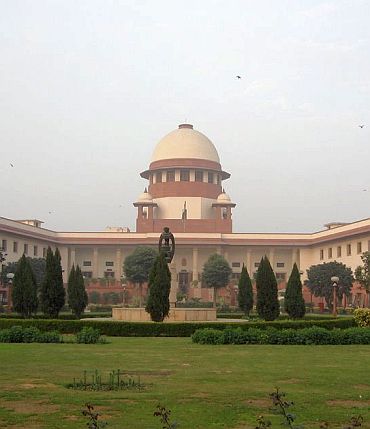
In Parliament on August 25, Prime Minister Manmohan Singh said there should be "effective ways and means of discussing the Jan Lokpal Bill along with the government version of the Bill along with Aruna Roy's Bill, along with the ideas in the paper that Dr Jayaprakash Narayan has submitted".
Importantly, all the four formulations have a common feature that addresses a major obstacle to anti-corruption legislation.
The Prevention of Corruption Act requires that a superior officer has to provide sanction for prosecuting any government employee; all four Bills remove this restriction if the Lokpal wishes to initiate a case in a court.
The four versions differ on several aspects.
In this article, we focus on the major divergences related to jurisdiction, the appointment and removal processes, coverage of states, and grievance redressal. We refer to the four bills as the Government Bill, the JLP Bill (which is Anna Hazare's version), the NCPRI Bill (Aruna Roy's Bill), and the FDR Bill (Dr Jayaprakash Narayan's Bill).
Kaushiki Sanyal and MR Madhavan write for PRS Legislative Research, New Delhi


Jurisdiction
There are divergent opinions on the persons who will be covered by the Lokpal as discussed below.
Prime minister: On the issue of the prime minister, the government Bill includes the PM after he demits office, the JLP includes him under all cases, while the NCPRI suggests certain safeguards, and the FDR gives two possible approaches.
The JLP states that a seven-member bench of the Lokpal has to give permission before initiating an investigation.
The NCPRI states that the investigation into the PM's action will require the full bench of the Lokpal referring the case to the Chief Justice of India, who will constitute a full bench of the Supreme Court. Only if this bench recommends an investigation will the Lokpal take up the matter further.
In cases of national security, the PM will have to brief the CJI in confidence, who will then decide whether to refer the issue further.
The FDR suggest two possible approaches. One approach is to recognise that it is important to exclude the PM as his inclusion could have adverse implications for national security and political stability; democratic processes and the Lok Sabha can maintain accountability.
The other approach is to include the PM with some safeguards such as a reference to a high level committee by two-thirds majority of Lokpal members. The committee will have the vice-president, speaker and leader of opposition in Lok Sabha, and will decide whether to sanction an inquiry. Actions related to national security, foreign policy and public order will be exempt.

Members of Parliament: The JLP and the FDR versions cover MPs while the government bill exempts their vote and speech in Parliament (protected under Article 105(2) of the Constitution). The NCPRI suggests that their vote and speech be protected as long as it is on the floor of the House or in Parliamentary Committees.
Judiciary: The JLP includes judiciary, while the government bill excludes them. The government has already introduced the Judicial Accountability and Standards Bill, which is being examined by the standing committee on law and justice (the same committee is also examining the Lokpal Bill and has given its report on the whistleblower bill).
The NCPRI has suggested amendments to that Bill in order to create an independent oversight mechanism over the higher judiciary, while maintaining its independence.
The FDR has suggested the formation of a National Judicial Commission, which will have powers to recommend both the appointment and removal of judges.

Government employees: The JLP includes all government employees.
The government bill includes only Group A officers (and equivalent).
The NCPRI and the FDR suggest that all other government employees be covered by the CVC, and the CVC be made independent. The FDR adds that all members of CVC be ex-officio members of the Lokpal.
NGOs: The government bill includes all NGOs, if they receive government funds or funds from the public. The JLP excludes NGOs. The NCPRI includes them if they receive government funds. The FDR includes them above a certain threshold.

Appointment Process
The government bill sets up a selection committee consisting of the PM, Speaker, one cabinet minister, the leaders of the opposition in Lok Sabha and Rajya Sabha, a Supreme Court judge, a high court chief justice, and an eminent jurist and an eminent person in public life to be nominated by the government. This selection committee may form a search committee to assist it.
The FDR agrees with the government Bill with one modification: the jurist and eminent person should be decided by all the other seven members.

Removal Process
In the government Bill, the process starts with a reference to the Supreme Court made by the President:
(a) on his own;
(b) on a complaint by 100 MPs, or;
(c) on a complaint by a citizen if the President is satisfied that it must be referred.
The President has to then act on the Supreme Court's findings.
The FDR agrees with this process.
The JLP suggests that any person may make a complaint directly to the Supreme Court, which will then hold an inquiry and decide whether the Lokpal should be removed.
The NCPRI has a similar procedure.

Grievance redressal
The government bill does not address this issue.
The JLP includes grievance redressal as a part of the Lokpal's functions.
Both the NCPRI and FDR state that this function should not be part of the Lokpal, but a separate authority should be created.
State Lokayuktas
The government Bill provides only for a lokpal at the Centre.
All the other three versions assert the need for lokayuktas to be appointed in states.
The lokayuktas will have powers and functions at the state level similar to that of the lokpal at the Centre.